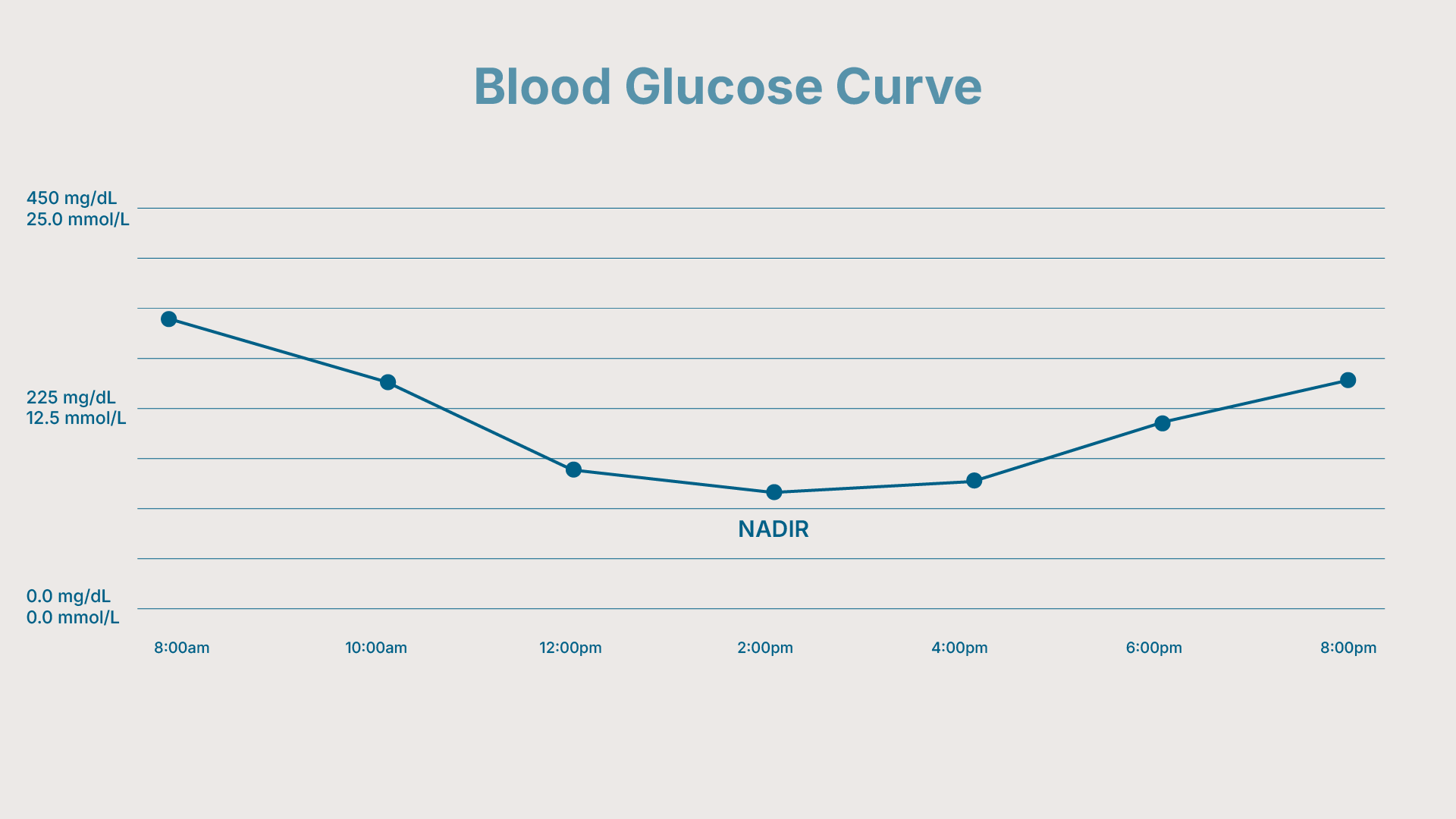September 8, 2025
5 minutes
Rob Hyams
September 8, 2025
6 minutes

If you’re like us, you will want to run glucose curves at home. It can give more accurate results as our dogs are relaxed and in their usual environment. Our diabetic dog Parker can be anxious at times, so it makes a difference.
And it saves money. Having a diabetic dog can be costly, so finding safe, home-grown solutions is a good way to reduce vet bills.
It’s not difficult to run a curve, but you need the right equipment, the wherewithal to test your dog, and a patient pet who doesn’t mind all the poking across a 24-hour period.
Based on our experience, you’ll need:
Feed your dog their usual meal at the regular time, and give their insulin as prescribed. Consistency is key.
Test your dog’s blood sugar right before the meal and insulin. This is your baseline “pre-insulin” reading.
After the insulin injection, check the glucose at regular intervals. If you’re working with your vet, they will specify. If not, we typically do a test every two hours. Watch for sudden drops — if blood sugar falls too low, contact your vet immediately.
Note the time, glucose value, and any observations (energy level, appetite, unusual behaviour).
Once the curve is complete, send your records to your vet. They will review the pattern and advise if adjustments are needed. You can also share with a canine diabetes facebook group.

A glucose curve is one of the best tools for managing canine diabetes. By tracking blood sugar levels through the day, you and your vet can keep your dog safe, comfortable, and healthy. With practice, home glucose curves become routine — and your diabetic dog will benefit from a life that’s stable, happy, and full of tail wags.

We’re a couple of pet owners who’ve learned firsthand what it takes to care for a diabetic dog. When our own dog, Parker, was diagnosed, we were overwhelmed, so we built this site to make things a little clearer for others starting out. Everything here is designed to help you understand, plan, and feel more confident managing your dog’s diabetes.
September 8, 2025
5 minutes